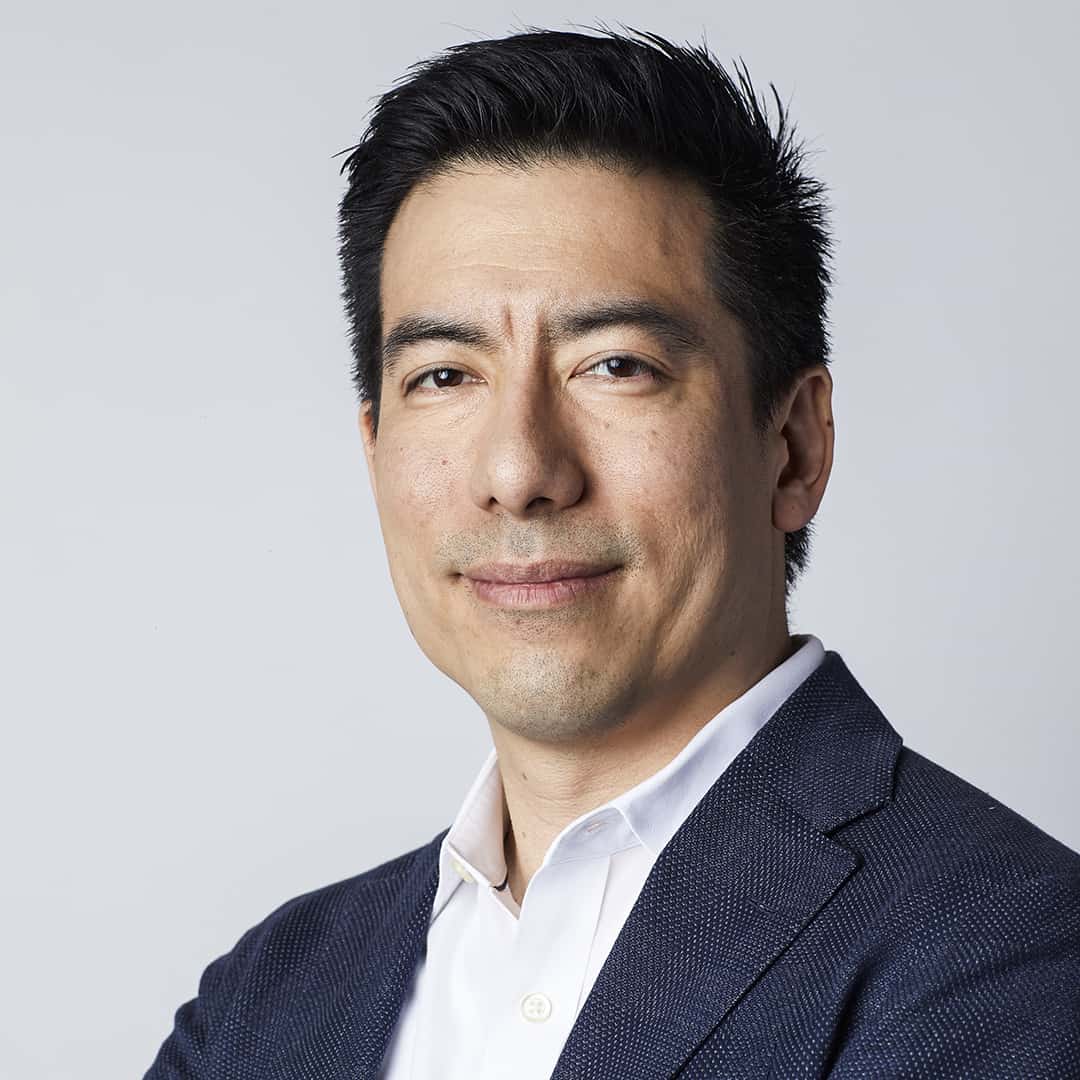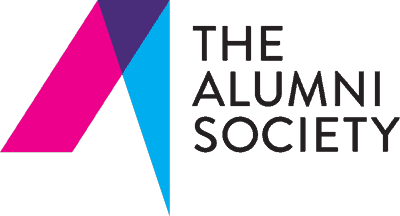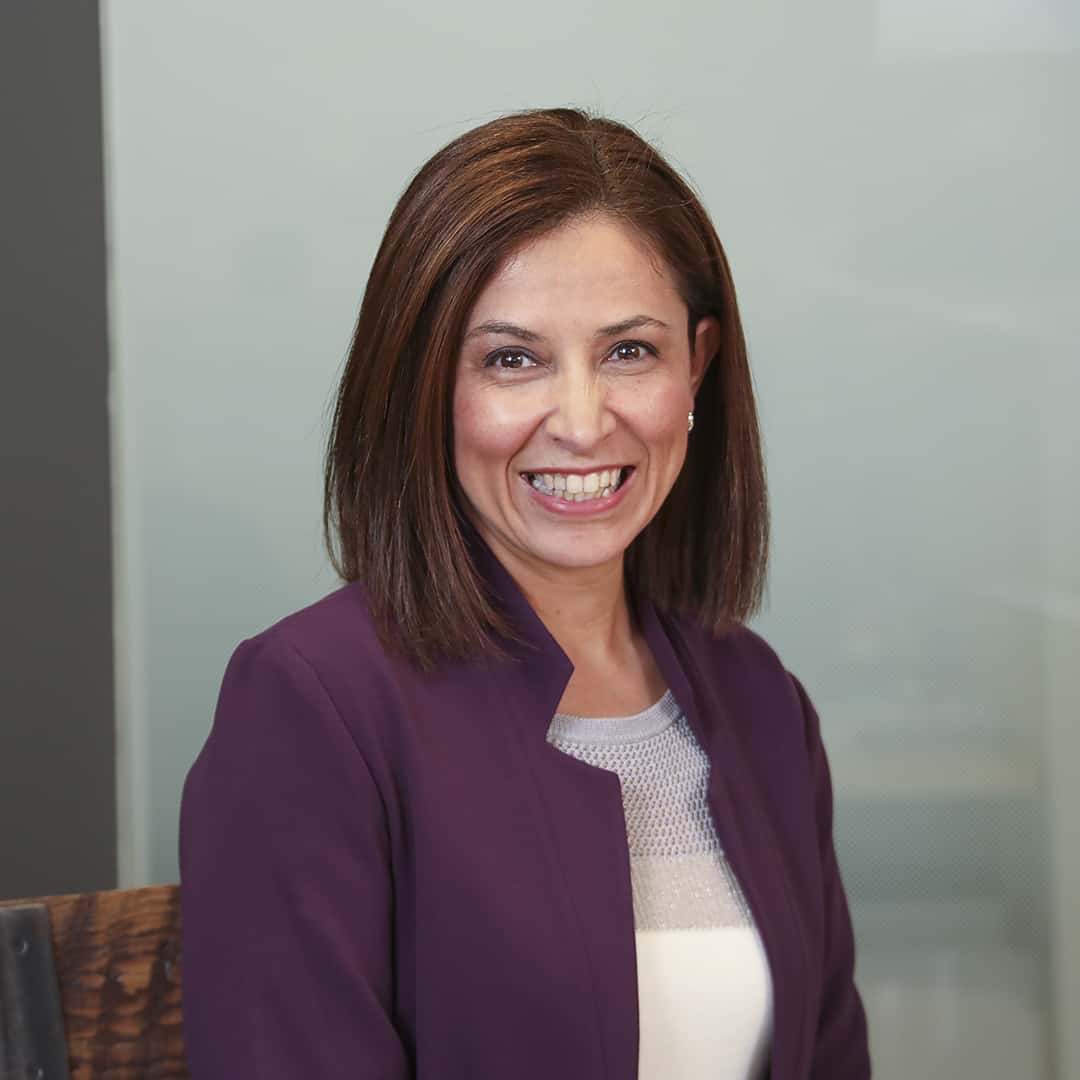
In February 2018, Miguel Quiroga became the CEO of Visible, the first all-digital wireless carrier in the United States. He draws on his twenty years of telecommunications and product design experience to disrupt the industry.
The US wireless industry creates more than 300 million connections and supports 4.7 million jobs, and it leaves a $475 billion impact on the economy. “Our industry creates more human connections than any other, but unfortunately, there are many, many points of frustration for customers,” Quiroga says. “Considering that there has been minimal disruption in our industry, we wanted to design a new model that removes all the clutter and headache and provides a completely new and seamless way for consumers to get, manage, and pay for their phone service.”
Visible, which is backed by Verizon, has no stores, call centers, or paper bills. It offers one unlimited plan at one price on Verizon’s powerful 4G LTE network. “With the new cloud-based technology and simplified business model, we are doing something that has never been done before, and we’re extremely proud of that,” he says.
In its first year, the company also created its own social good program: Visible Connect.
“When thinking of ways to marry the two worlds of entrepreneurship and social good, we wanted to design a model where we could make a much broader impact than our own immediate reach,” Quiroga explains. “And forming an accelerator was the most impactful solution for that goal.”
The program is a nine-month accelerator that includes in-person summits, ongoing mentorship, technical expertise, and a funder event. In the first year, nine nonprofits spanning the health, civic engagement, education, and finance and legal industries were chosen.
Visible Connect kicked off before Visible itself launched a product or service. “We’re a new company aiming to completely overhaul a sleepy but giant industry,” he says. “In thinking about a key part of our identify and foundation—our approach to social good and impact—and in following learnings from comprehensive research, it only made sense for us to align ourselves with other new organizations and founders who are also making a true difference in their fields.”
“When thinking of ways to marry entrepreneurship and social good, we wanted to design a model where we could make a much broader impact than our own immediate reach. Forming an accelerator was the most impactful solution.”
Through those nine nonprofits, more than four million lives were impacted in the first year alone. “Although we are all in different sectors, it’s extremely valuable to collaborate with and support these nonprofits who are all using the power of mobile technology to make a difference,” Quiroga says.
The Visible Connect Accelerator Program will be selecting only six nonprofits for its second cohort later this summer. This will allow experts and mentors to devote more time to the group, as well as more devoted resources to provide insight and support around technology, marketing, and infrastructure. The grant amount will also increase for year two, Quiroga says.
Visible’s philosophy is: to build a social good program, whether at a new company or an established organization, one has to start with a clear understanding of the need or issue that the organization has the tools and resources to help improve or solve. It isn’t a one-size-fits-all approach.
“With Visible, having a social good program was very much ingrained into our DNA from the very beginning,” he says. “We wanted to be deliberate about having a much larger impact than just showing up and presenting a one-time financial support that would be valuable but very short term.”
Photo: Visible



